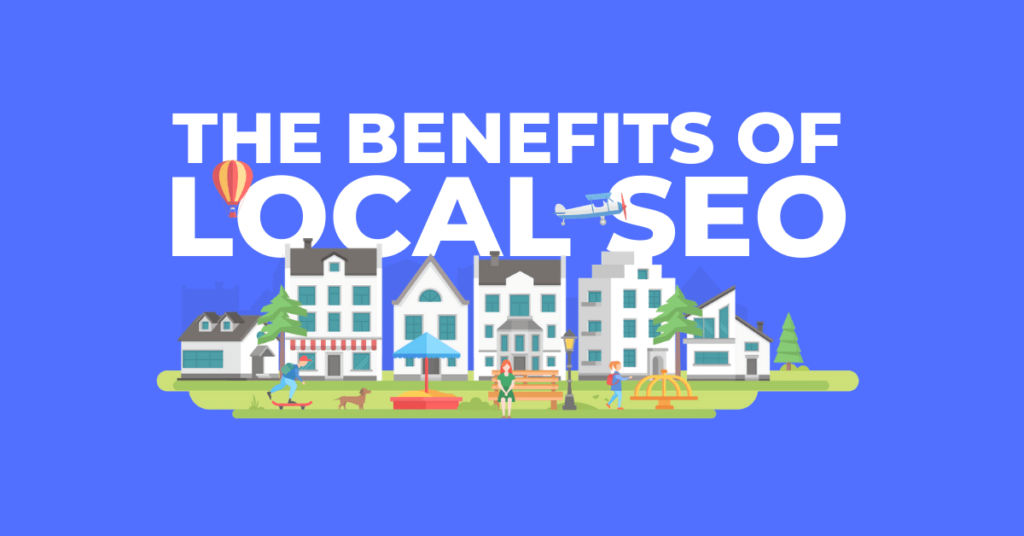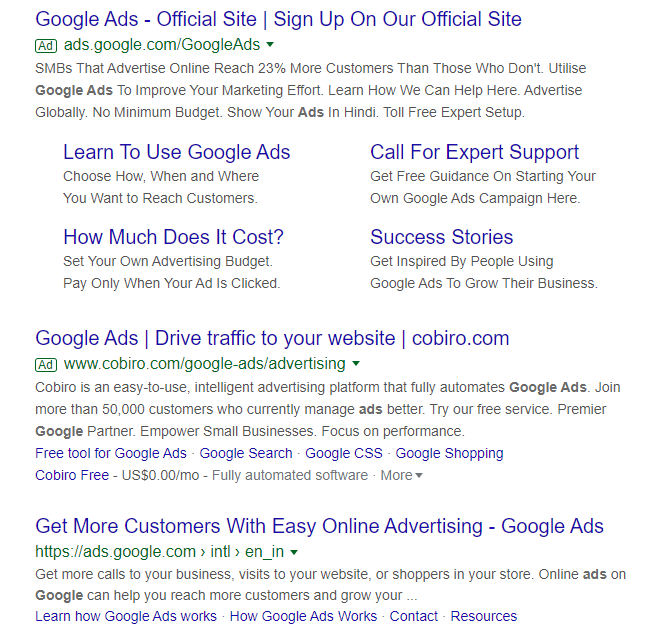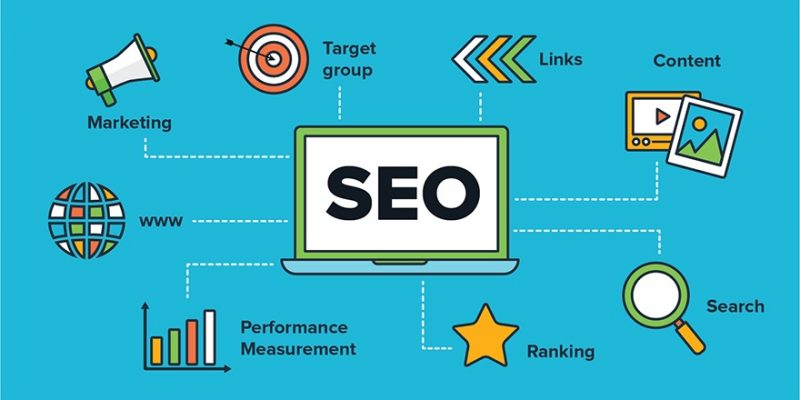A specific promotion algorithm does not exist by itself, each SEO specialist follows its paragraphs, but since beginners have not encountered similar tasks before, this article suggests to familiarize oneself with a website promotion plan, which is used by many SEO companies. Some points are described only briefly and you should study more deeply certain sections if necessary. So, where to start the promotion?
- Definition of goals
It is clear that when it comes to SEO, most likely you want your website to be in search engines. However, ask yourself why it should be there. What is your goal? How will you check the results of the promotion, have you achieved any effect or wasted years spent aimlessly at the computer?
The goals, in this case, can be:
– just the presence of a website in a search engine;
– high positions in search engines for any queries that are of interest to you;
– overtaking competitors in positions on some requests;
– increase in resource attendance (traffic);
– search for the target audience and regular interested customers;
– increase in conversion rate and, accordingly, earnings on advertising or affiliate program;
– the desire to be fashionable 🙂 (yes, there are ones too);
– other goals …
Depending on the chosen goal, your promotion plan and your methods for generating reports and analyzing the results of promotion will be formed. Let’s say that we just want our website to be in search, and above competitors if any.
- Building a request kernel and their grouping
Some call this step the compilation of the semantic kernel. It consists of the following: it is necessary to find a group of queries that is most suitable for your website. At this stage, you should perfectly understand your future audience, its interests, age, gender, put yourself in the user’s shoes and imagine what queries would be most relevant for your website. If you are an expert in your field, then you can quickly produce a series of high-frequency search phrases that even offline are searched for.
For example, your site is dedicated to selling bouquets, which means that most likely the main request will be “delivery of bouquets”.
Group requests should be based on their affiliation with a particular HF, for example, phrases from one group:
– delivery of bouquets;
– flower bouquets delivery;
– delivery of bouquets in (wherever you live);
– flowers to order with delivery;
– flowers delivery to buying a bouquet;
- Analysis of competition for each of the requests
When you decide on the kernel of requests, then you should analyze the market and determine your main competitors, their promotion methods, positions, and trends. Typically, when analyzing competitors, many innovations are revealed and some of the previous points in the website promotion plan have to be adjusted.
First, enter your high-frequency queries in the search and see which of the websites are in the first place, is there contextual advertising for this query?
- A website audit
After meeting our competitor, we need to know your website in detail and conduct an audit for this. A website audit is a fairly broad task and requires time and attention, this stage should be carried out by a person who already has certain knowledge in SEO, as well as the experience of such analyses. In the process of analyzing your website, you must identify all its advantages and disadvantages, a partially internal audit of the website can be performed using the Xenu program.
Also at this stage, it is necessary to analyze how search engines currently relate to this website (they index if there are any filters, who used to link to our website, etc.).
Note that until this moment we have not taken any action with the website, even though a lot of work has been done. A very important part was made, without which no progress is possible. Customers do not always understand this work since nothing has visually changed, but only with this store of knowledge can we move on.
- Internal optimization
The next stage of our website promotion plan is its internal optimization. This stage prepares the website for promotion, makes it visible in the search engines and makes them fall in love with this resource, as well as the users who visit it in general. Internal optimization consists of several parts, let us distinguish three main of them.
5.1. Select pages for each group of keywords
It’s impossible and stupid to move one main page for all requests, so you should choose those pages (if they aren’t, then add) that you will optimize for a particular key phrase from your request kernel.
Typically, the main page is optimized for high-frequency queries (highly competitive), second-level pages (eg, categories) for mid-frequency and the rest of the pages with articles or products of the store with a description should be optimized for low-frequency queries. This is done because on almost all the engines used to create websites, the weight is redistributed so that most of it falls on the main page, and the smaller one on subpages that are 2-3 (or more) clicks from the main page.
5.2. Content optimization
At this step, it is necessary to optimize the content on the selected pages so that it is as relevant as possible to the keywords under which these pages will be developed. Content optimization includes (main points):
- Optimization of page titles.
- Editing the text itself.
- Editing text headers, alt image attributes, etc.
- Improving the design and other quality characteristics of landing pages. Creation of conditions for motivating the visitor to actions (purchase of goods, subscription to updates, saving links in bookmarks, etc.).
5.3. Optimization of internal linking according to the request kernel
Naturally, the most important pages should have a maximum weight. Imagine that you have several boutiques selling bouquets, one located in the city center, the other on its outskirts. The central store will be in great demand, so you will need to deliver goods there more often than in the second. Also with pages in SEO optimization. Those pages that will give the maximum return, you need to pump the maximum weight.
This is called linking. The better you initially link your website, the less attention you will have to pay in the future.
- Adding a site to search engines and other search resources
After you have optimized the website internally, you need to let other people know about it. To do this, first of all, register it in the search engines.
You can do without this item, the search engines themselves tend to find interesting websites on the network, but you can also play it safe if you doubt the quality of your website.
- External optimization
External optimization is also an integral part of the promotion because at the moment search engines operate with external links to determine the ranking and popularity of the site. If you can do all the previous work once, then external optimization must be done constantly to maintain the necessary positions in the search.
Depending on the approach to link building (a synonym for external optimization), external links are placed on certain resources on a free or paid basis. These may be website directories (which is categorically not recommended for young immature resources), websites of a similar subject and region (recently relevant), catalogs of articles and press releases, and many other websites. There are hundreds of methods of link building, do not limit yourself to just two or three, look for them on forums and blogs, and also independently explore loopholes where you can get good links even if they cost a lot of time, for example, use article promotion.
Think about where your main audience might be and find these places online. It can be all kinds of forums, groups on social networks and any other social resources. It’s very useful to post information about your website on these resources so that people and search engines find out about you and start indexing.
In this case, you should not go too far, as is common for many SEO specialists, when they start spamming forums with their announcements, inviting everyone to visit Facebook, etc. Remember that one good “for people” link will give more trust to the website than 100 spammy ones.









